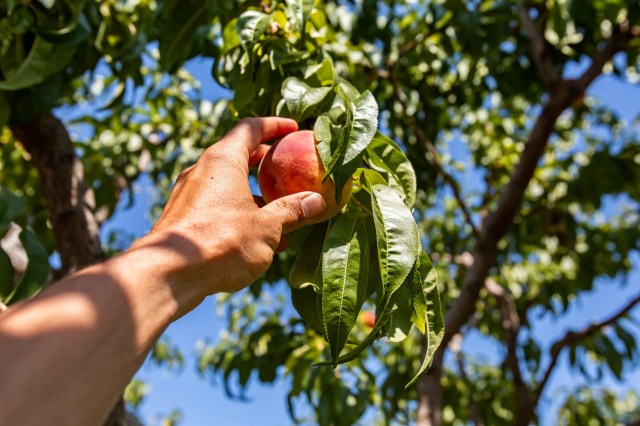Insider Secrets: Uncovering the Signs of Ripeness in Fresh Produce

When it comes to selecting fruits and vegetables, nothing beats the satisfaction of finding perfectly ripe produce. However, identifying the signs of ripeness can sometimes be a challenge. In this article, we will uncover some insider secrets to help you pick ripe fruits and vegetables with confidence. From understanding color changes to feeling for texture, these tips will ensure that your next trip to the grocery store or farmer’s market results in mouthwatering produce.
The Power of Color
The first clue to determining whether a fruit or vegetable is ripe lies in its color. As fruits and vegetables ripen, they undergo changes that are often reflected in their hue. For instance, a green banana will turn yellow as it ripens, indicating that it is ready to be enjoyed. Similarly, an unripe tomato will be firm and pale green but will gradually turn red as it becomes more mature.
When selecting citrus fruits such as oranges or lemons, look for vibrant and uniform colors. A bright orange hue indicates a sweet and juicy orange, while a dull color might suggest an underripe fruit with less flavor. When it comes to leafy greens like lettuce or spinach, opt for vibrant shades of green without any browning or discoloration.
Texture Matters
Another important factor in determining ripeness is texture. Different fruits and vegetables have distinct textures that change as they mature. For example, ripe avocados should yield slightly when gently pressed but should not feel mushy or overly soft.
When selecting berries like strawberries or raspberries, gently touch them to feel if they are firm yet yielding. Avoid berries that are too soft or mushy as they may have started to spoil. Additionally, melons like watermelons or cantaloupes should have a slightly firm rind with no soft spots when gently pressed.
The Smell Test
The sense of smell can also be a powerful tool in determining the ripeness of fruits and vegetables. Many fruits emit a distinct aroma when fully ripe. For example, a ripe pineapple will have a sweet, tropical fragrance, while an unripe one will lack this scent.
When selecting fruits like peaches or mangoes, give them a gentle sniff near the stem end. A fragrant aroma indicates ripeness, while no smell or an unpleasant odor might suggest an underripe fruit. Similarly, ripe tomatoes have a strong and pleasant aroma compared to their unripe counterparts.
Don’t Forget About Sound
Believe it or not, sound can also play a role in determining the ripeness of certain produce items. This technique is particularly useful for melons and other large fruits with thick rinds. When tapped lightly with your knuckles, a ripe watermelon should produce a deep and hollow sound. On the other hand, an unripe watermelon will sound dull and less resonant.
Similarly, when selecting pumpkins or winter squash varieties like butternut squash or acorn squash, listen for a hollow sound when you tap on them gently. A mature squash will make a resonating noise indicating its ripeness.
By utilizing these insider secrets for picking ripe fruits and vegetables, you can ensure that your next grocery haul is full of flavorful and delicious produce. Remember to observe color changes, feel for texture changes, rely on your sense of smell, and even use sound as an indicator of ripeness. With these tips in mind, you’ll become an expert at selecting perfectly ripe fruits and vegetables every time you shop.
This text was generated using a large language model, and select text has been reviewed and moderated for purposes such as readability.





